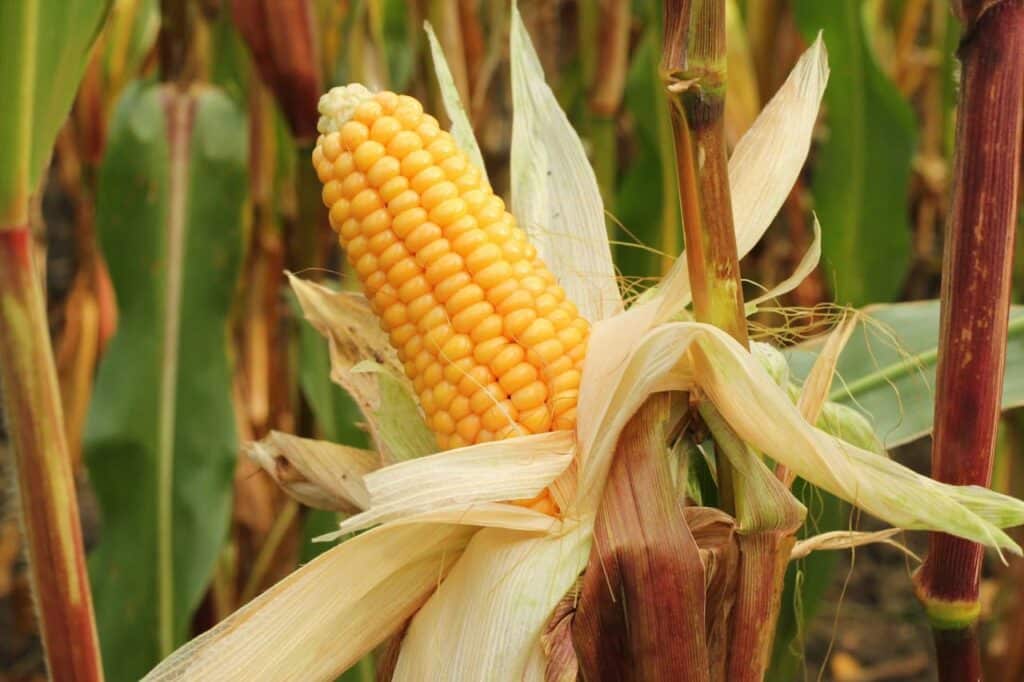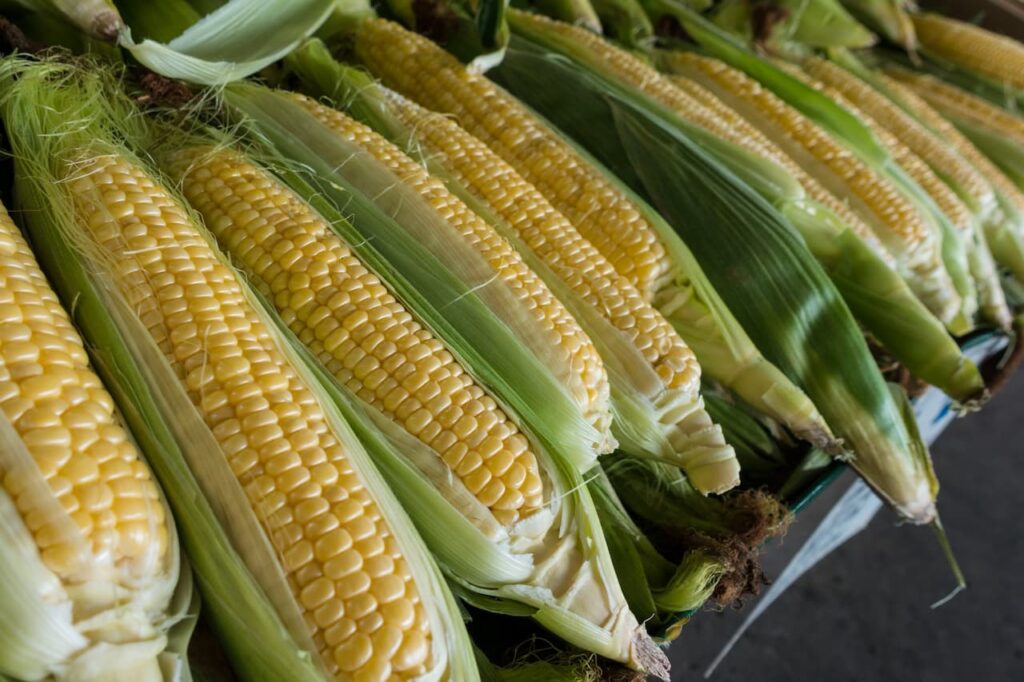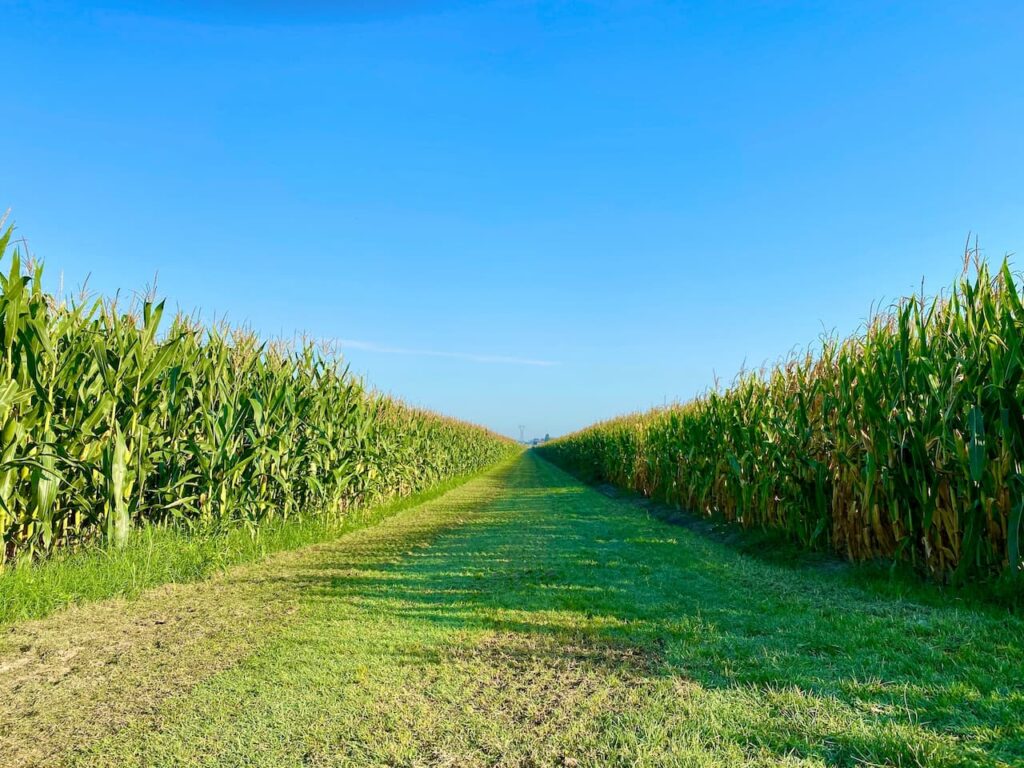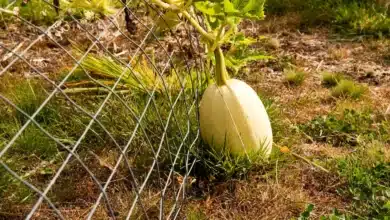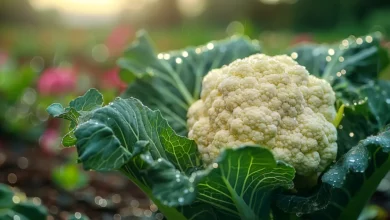How Do You Know When to Harvest Sweet Corn?
Sweet corn is a summertime staple for many people, and there’s nothing quite like the taste of freshly picked corn on the cob. However, harvesting sweet corn at the right time is crucial if you want to enjoy the sweetest, juiciest kernels.
In this article, we’ll discuss how to know when your sweet corn is ready to be harvested, as well as the best techniques for picking and storing it.
But first, let’s take a closer look at the importance of harvesting sweet corn at the proper time and some background information about this beloved crop.
Understanding the Growth Cycle of Sweet Corn
Understanding the growth cycle of sweet corn is essential, not only from a production point of view but also as part of a healthy diet.
Planting Sweet Corn Seeds
The planting of sweet corn seeds marks the beginning of the crop’s growth cycle. For optimal plant performance, soil temperatures should range between 18 and 21 degrees Celsius when seeds are planted in early spring or late summer.
Depending on the variety, sweet corn requires between 60 and 80 days to reach maturity after planting.
Germination
Given favorable weather conditions, such as sufficient moisture and warmth, germination will occur around 4 days after planting sweet corn seeds.
Seedlings will appear very quickly thereafter, with some varieties having their first true leaves visible in 7 days or less.
Establishing Roots
At this stage in its life cycle, sweet corn roots are actively establishing themselves underground to extract nutrients necessary for further growth and development.
During this time, extra attention should be paid to soil moisture levels so that plants can receive adequate water without becoming waterlogged or stressed in dry weather conditions.
Pollination and Kernel Development
Once established above ground, pollination occurs when a silking process begins at around day 19 of the growth cycle – this is where pollen is transferred from one plant’s tassel (male flowers) to another’s husk (female flowers).
Successful pollination leads to kernel development which occurs shortly afterward; kernels form on an ear by day 45, giving an indication that crops are ready for harvesting approximately 15-18 days after this stage – depending on variety again.
Harvesting
Generally speaking, harvesting tends to occur when kernels appear full size and plump, accompanied by a golden yellow coloration on ears.
To test whether ears are ripe enough for harvest, one can press lightly against unhusked ears: if milky liquid seeps out, then your crop is good to be picked.
Once harvested, it’s important to store your fresh produce correctly: temperature control is key here since sugars found in sweetcorn begin converting into starches once picked, affecting taste if left too long at room temperature.
Signs That Your Sweet Corn is Ready to Harvest
To ensure that you don’t miss out on the perfect timing, here are some signs that indicate your sweet corn is ready to harvest:
Color of the Tassels
The tassel of a full-grown sweet corn plant will change from green to brown or black when the corn kernels have matured. The best time for harvesting is once this color transition has happened.
Ear Size and Shape
A ripe ear of sweet corn has reached its full size and shape, which should not look overly large or too small.
It should feel firm when lightly pressed but it should still be pliable enough so as not to break off or snap with a gentle tug. If the stalk feels spongy when pushed, then the ear isn’t ready for harvest yet.
Kernel Texture and Appearance
Another indication that an ear of sweet corn is ripe is if its individual kernels appear swollen, smooth, and vibrant in color.
Gently press against one kernel with your fingernail; if it easily punctures like a hardboiled egg, then it’s ready to pick! If you notice any discoloration on the kernels, like streaks of yellow or brownish patches, then that’s an indication that the ear may have passed its prime stage for harvesting.
Check For Silk Strands
Simply pull back a few layers of husk around the top part of an ear and take a peek inside; if all you see are dry silk strands, then your sweet corn has fully ripened.
If, instead, there are still lots of green or sticky silks present inside, then leave the ears alone for several days before checking again until these signs have disappeared completely.
With these four easy tips in mind, now you’ll know exactly when your sweet corn patch is ripe for picking.
Techniques for Harvesting Sweet Corn
Harvesting sweet corn is an important task in the lifecycle of a crop, as it marks the end of one season and the start of another.
It’s vital to ensure that all available grain is collected and properly stored, as even a small amount left behind can easily be lost due to natural causes such as wind and rain.
There are several methods used to harvest sweet corn, each with its own advantages and drawbacks.
Handpicking
Handpicking is considered the most efficient method for harvesting sweet corn. This manual process requires laborers to walk through the field and select mature grains from each plant individually.
Although time-consuming, this method provides greater control over which plants are harvested, allowing growers to save time by choosing not to pick plants where grains have yet to reach maturity or have already been destroyed by pests or diseases.
Additionally, handpicking may result in reduced contamination compared to machine harvesting, as foreign matter can more easily be removed from individual cobs than from a large number of loose kernels.
While handpicking is a time-tested and reliable method, it also has several drawbacks.
- Labor-Intensive: Handpicking sweet corn is a labor-intensive process that requires a lot of physical effort. It’s not practical for large-scale operations or for growers with limited labor resources.
- Slow Process: Handpicking sweet corn is a slow process, and it can take a long time to harvest a large field. This can result in delays in getting the corn to market, which can affect the quality and freshness of the product.
- Incomplete Harvest: Handpicking sweet corn is not always reliable. It can be difficult to identify all of the ripe ears, and some may be missed, resulting in an incomplete harvest.
Machine Harvesting
Machine harvesting is popular in commercial farming due to its high speed. However, it is less precise than handpicking and thus may require multiple passes through the field to collect leftover kernels.
This type of harvesting relies on physical beaters or paddles mounted on a moving vehicle which knock ripe grains off their husks into a hopper at the back of the machine.
The advantage here is that entire fields can be collected quickly; however, since mechanical force is involved, there will always be some losses due to damage inflicted upon immature cobs or soil contamination caused by loosened earth being thrown up into the air with the kernel stream.
While machine harvesting is faster and more efficient than handpicking, it also has several drawbacks.
- Potential Damage to Plants: Machine harvesting can cause damage to the corn plants, which can result in a lower yield and lower-quality corn.
- Cost: Machine harvesting equipment is expensive to purchase and maintain, which can be a significant expense for growers.
- Weather Conditions: Machine harvesting is not always practical in wet or muddy conditions, which can limit the harvest window and affect the quality of the harvested product.
Stripping
Stripping involves using machines such as strippers or strip-pickers, which physically strip whole cobs off their stalks before they are conveyed away via conveyor belts for further processing.
This technique eliminates losses caused by either handpicking or machine harvesting since only mature cobs are taken, but it still requires multiple passes along rows of plants due to its reliance on physical contact between machine parts and stalks.
Stripping also does not impose any risk of soil contamination like machine harvesters do since no dirt is disturbed during collection processes.
While stripping is an efficient method of harvesting, it also has several drawbacks.
- Increased Risk of Damage: Stripping can damage the ears of corn, resulting in lower-quality products and lower yields.
- Increased Risk of Foreign Material: Stripping can also increase the risk of foreign material mixing with the harvested product, which can reduce the quality and marketability of the corn.
- Timing: Stripping must be done at the right time to ensure that the ears of corn are at the proper maturity level. If stripping is done too early or too late, the resulting corn may be of lower quality.
Combining
Combining is a harvesting technique that combines stripping and threshing into one operation. It involves using machines equipped with mechanical prongs that separate ripe corn cobs from stalks.
The machines then guide the cobs onto conveyor belts where treads break open their husks, allowing the kernels to fall through perforated screens while other components like stalks and leaves remain above ground level.
While this method is efficient and allows growers to harvest almost all available grain while minimizing hand labor, it also has its disadvantages.
These include increased fuel consumption, high levels of dust generated during the separation process, and a higher risk of foreign material mixing with the harvested product compared to hand-picking techniques.
Despite these drawbacks, combining is a popular method of harvesting sweet corn due to its efficiency and ability to harvest large quantities of corn quickly.
While combining is an efficient method of harvesting, it also has several drawbacks.
- Increased Fuel Consumption: Combining requires a lot of fuel, which can be expensive and contribute to environmental concerns.
- Dust: Combining generates a lot of dust during the separation process, which can be a health hazard for workers and affect the quality of the harvested corn.
- Foreign Material: Combining increases the risk of foreign material mixing with the harvested corn, which can reduce its quality and marketability.
- Plant Damage: Combining can cause damage to the corn plants, resulting in lower yields and lower-quality corn.
Conclusion
Harvesting sweet corn is an important task that requires careful timing and knowledge. Knowing when to harvest sweet corn will ensure a successful crop and flavorful, juicy ears of corn for the dinner table.
Sweet corn should ideally be harvested when the ear’s husk is still green and when the kernels are still slightly tender. The silk on the end of each ear should also be dry and brown in color, indicating that it is ready for harvesting.
To test if it is ready, pinch one or two kernels; they should be milky and not at all hard. All kernels should still be tightly attached to the cob to prevent any potential waste or loss of flavor.
By following these simple tips, you can have your own successful sweet corn harvest every year.

